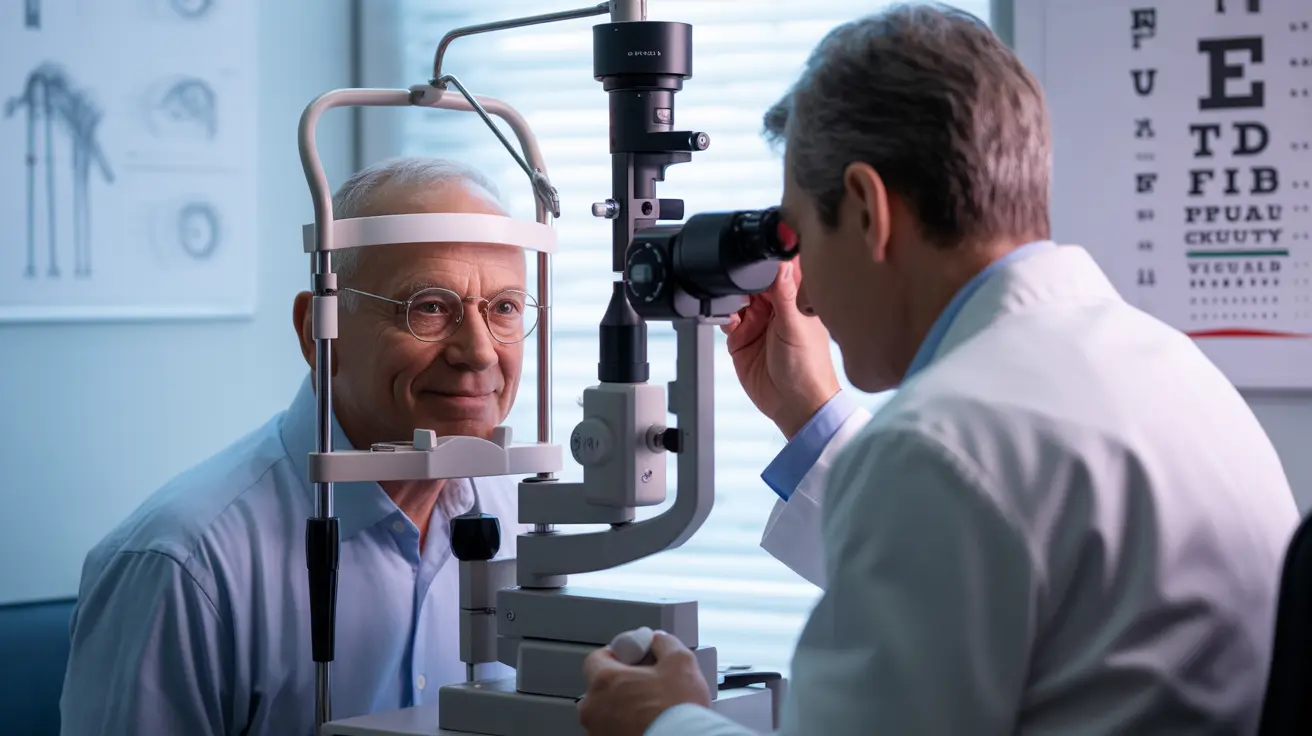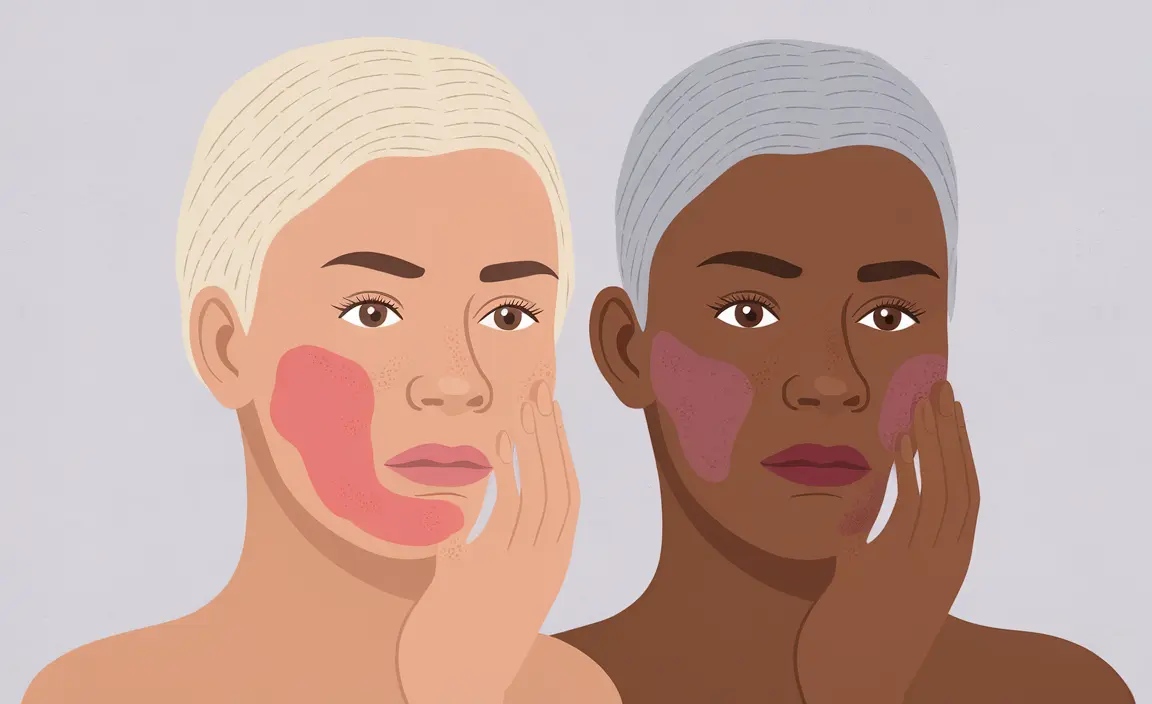The leg press is a powerful resistance training exercise that offers an effective way to build lower body strength and muscle definition. Whether you're a fitness enthusiast or someone looking to improve overall lower body conditioning, understanding the nuances of this machine-based exercise can help you maximize your workout results while minimizing injury risks.
This comprehensive guide will explore the leg press exercise in depth, providing insights into muscle targeting, proper technique, and essential safety considerations that can help you optimize your lower body strength training routine.
Understanding Leg Press Muscle Activation
The leg press is a comprehensive lower body exercise that simultaneously engages multiple muscle groups, making it an incredibly efficient strength training movement. Unlike isolated exercises, this machine-based workout provides integrated muscle development across several key muscle areas.
Primary Muscle Groups Targeted
When performing a leg press, you activate four major muscle groups:
- Quadriceps (front of thighs)
- Gluteal muscles (buttocks)
- Hamstrings (back of thighs)
- Calves
How Muscles Work During the Exercise
Each muscle group plays a crucial role during the leg press movement. The quadriceps primarily drive the initial push, while the glutes and hamstrings provide stabilization and support throughout the exercise. The calves contribute to the overall movement, helping to maintain balance and provide additional power.
Proper Leg Press Machine Technique
Executing the leg press with correct form is paramount to ensuring muscle engagement and preventing potential injuries. Following a structured approach can help you maximize the exercise's benefits while maintaining joint safety.
Step-by-Step Execution
- Sit comfortably on the leg press machine
- Position feet shoulder-width apart on the platform
- Grasp machine handles for stability
- Push the platform away using leg muscles
- Stop just short of full knee extension
- Slowly return to the starting position
Critical Form Considerations
Maintaining proper alignment is essential during leg presses. Keep your knees tracking in line with your feet, avoid letting them collapse inward, and ensure your thighs do not drop below a 90-degree angle at the knee joint.
Safety and Effectiveness Strategies
While the leg press is an excellent lower body exercise, implementing safety strategies can help prevent potential strain or injury. Most fitness professionals recommend performing one set of 12-15 repetitions with controlled, smooth movements.
Key Safety Tips
- Maintain controlled, deliberate movements
- Never lock out your knees completely
- Keep your lower back pressed against the seat
- Use appropriate weight for your fitness level
- Stop the exercise if you experience pain
Benefits of Machine-Based Leg Press Training
The leg press offers numerous advantages over traditional free-weight exercises like squats. The machine provides guided movement, reduces balance requirements, and allows individuals with varying fitness levels to perform the exercise safely.
Frequently Asked Questions
Which muscles does the leg press exercise target most effectively?
The leg press primarily targets quadriceps, gluteal muscles, hamstrings, and calves, providing a comprehensive lower body muscle engagement workout.
How do you perform the seated leg press machine exercise safely and correctly?
Sit with your back against the pad, place feet shoulder-width apart on the platform, grasp handles, and push the platform away while maintaining proper knee alignment. Avoid full knee extension and don't let thighs drop below a 90-degree angle.
Can the leg press machine help prevent or manage knee injuries?
When performed correctly, the leg press can actually help strengthen muscles around the knee joint, potentially reducing injury risk. However, improper technique can increase strain, so proper form is crucial.
What are the benefits of using a leg press machine over squats for lower body strength training?
The leg press machine offers more stability, guided movement, and reduced balance requirements compared to squats. It's particularly beneficial for individuals with balance issues or those recovering from certain injuries.
How can I avoid common mistakes and prevent injuries while doing leg presses with a weight machine?
Focus on maintaining proper form, use appropriate weight, avoid locking your knees, keep your back pressed against the pad, and stop if you experience pain. Start with lighter weights and gradually increase as you build strength and confidence.
By understanding and implementing these techniques, you can transform the leg press from a simple exercise into a powerful tool for comprehensive lower body strength development.




